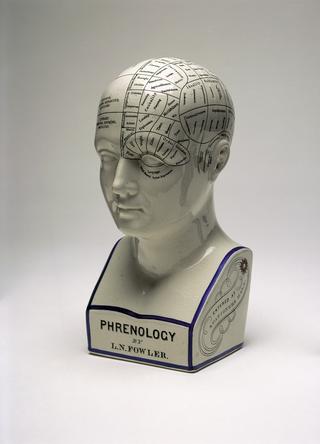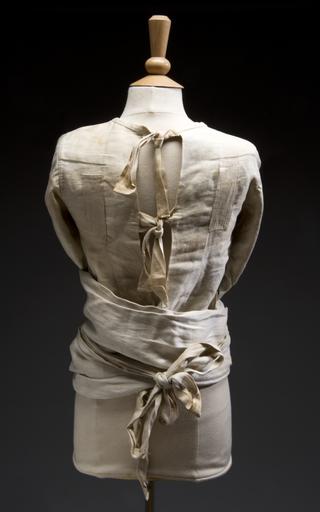
Boxed set of Lowenfeld mosaics, London, England, 1930-1940
- Made:
- 1930-1940 in United Kingdom






Full set of Lowenfeld mosaics ('Standard Box'), containing 456 tiles in five different geometric shapes and six primary colours. Originally developed by Margaret Lowenfeld in the 1930s, this set, with wooden pieces in a hinged wooden case, dates from that very early period. Differs slightly from 2009-17: this one has a slightly different layout design, and a descriptive label on the underside of the lid.
456 large tiles in five different geometric shapes and six primary colours comprise this set of Lowenfeld Mosaic Plates. These were originally designed in the 1930s by psychologist Margaret Lowenfeld (1890-1973). This set has wooden pieces in a hinged wooden case. It dates from that early period. Lowenfeld was a paediatrician. She became a pioneer of child psychology and psychotherapy. She recognised language is often unsatisfactory and even impossible as an expressive medium for children. She also recognised play is essential to their development. She developed non-verbal techniques to enable often traumatised children to convey experiences.
Her mosaics used tiles of different colours and shapes. They produced a powerful diagnostic and therapeutic instrument. They did not affiliate with any flag or country. This meant they could be used internationally or with individuals whose English was not their first language. This set was used at the Institute of Child Psychology, formerly the Clinic for Nervous and Difficult Children. It was founded by Lowenfeld in 1928.
Details
- Category:
- Psychology, Psychiatry & Anthropometry
- Object Number:
- 2009-18
- Measurements:
-
max dimensions (open): 240 mm x 455 mm,
overall (closed): 48 mm x 418 mm x 240 mm, 1.87 kg
- type:
- psychological test
- credit:
- The Dr Margaret Lowenfeld Trust




